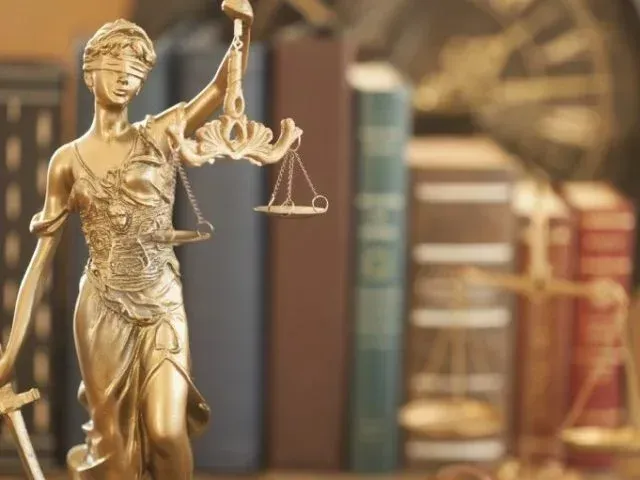In recent years, there has been more attention to the racial disparity in the nation. The build-up to that inequality in the criminal justice system had been on an incline for a while but took a sharper spike in more recent years. How big is the margin and how did it happen?
The Inequality Facts
The proof of inequality in the criminal justice system first made waves when DNA evidence became commonplace. The first DNA-based conviction in the United States was in 1987. Only two years later it was used to show that a high school player accused of rape was innocent. That was the first DNA exoneration. Since then, sixty-three percent of those exonerated b DNA evidence have been African-Americans. The next largest population of exonerees are Caucasian, but also of more impoverished communities. They comprise one hundred and six of the three hundred and fifty-one total. There were only twenty-six Latinos and two Asians.
There is also a significant burden on the prison system because of financial limitations. Those who are poorer will spend time in jail because they cannot pay bail. An example that had garnered the spotlight is Kalief Brouder. He hadn’t even been convicted of a crime or spent a day in court for trial, but was kept for three years in prison. Of that time in Rikers, he had spent over a thousand days in solitary confinement. This was because he wouldn’t plead guilty to accept a deal, and he wouldn’t work with the gang system inside the prison. For Kalief that resulted in fights and more time in “the box.” The reason he was detained was accusations of a backpack he never stole, but he couldn’t pay the bail and was never given a trial. Shortly after his release, he committed suicide.
How It Began
After segregation was thought to be tackled, President Nixon decided that he wanted to take on “hippies” and “black people.” John Ehrlichman was the president’s Domestic Policy Chief and is infamously quoted as saying:
The NFL
Protesting in sports isn’t anything new. Whether it’s the 1968 Olympics and two Americans raising fists or Mahmoud Abdul-Rauf refusing to stand for the anthem, the two have been tied for years. So, when Colin Kaepernick decided to kneel during the anthem it wasn’t anything the world hadn’t seen before. But, it was something that sparked a conversation. Leading up to his protest, there had been an onslaught of videos showing the criminal justice system and how it treats African Americans. There had been protests and outrage in many communities, regardless of the side they took. This caused a huge controversy which resulted in some fans burning jerseys and tickets, as well as some players kneeling during the anthem to side with Kaepernick.



